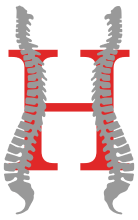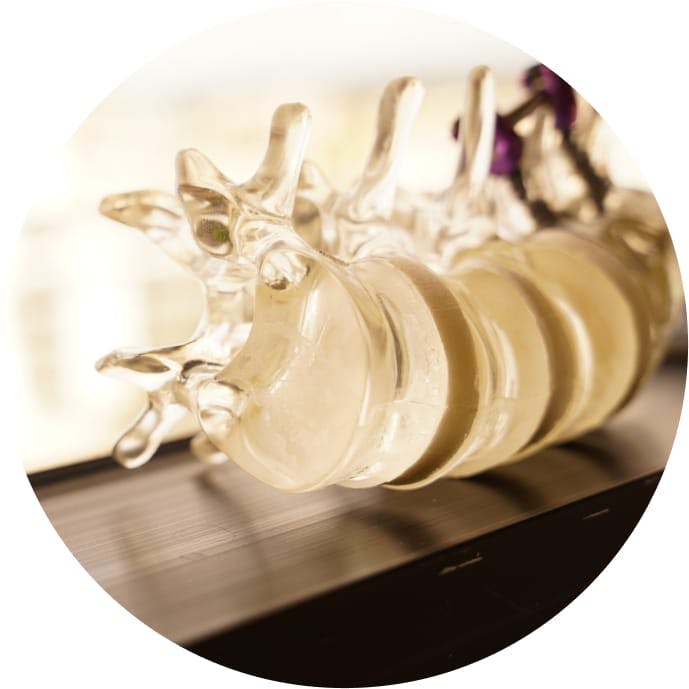At Hunt Spine, our surgeons’ collaborative expertise in both orthopedic surgery and neurosurgery gives them an edge in the treatment of complex spine disorders.
Spinal Cord Tumors
Spinal cord tumors can develop within the spinal cord itself or in a region near the spinal cord where the tumor exerts pressure on the spinal cord. When such tumors develop in the spinal cord, they are known as primary spinal tumors. However, most spinal cord tumors are secondary tumors, meaning they originated elsewhere in the body and spread to the spinal cord. In general, most primary spinal cord tumors are benign, while secondary spinal cord tumors tend to be cancerous.
It is essential that spinal cord tumors get diagnosed and treated as rapidly as possible before spinal cord trauma is caused due to the tumor pressing on the spinal cord and interfering with neurological function.









